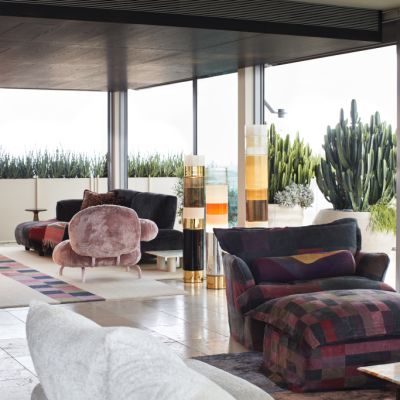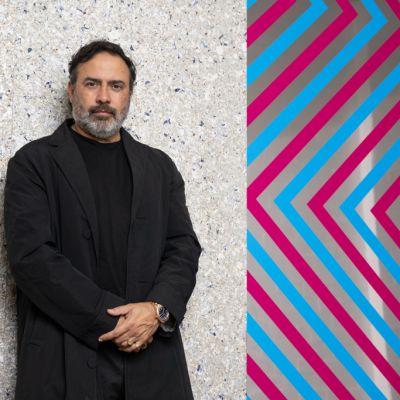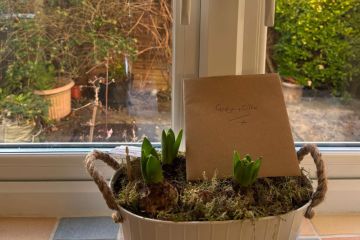Del Kathryn Barton’s psychedelic paintings draw from her cosmic inner world
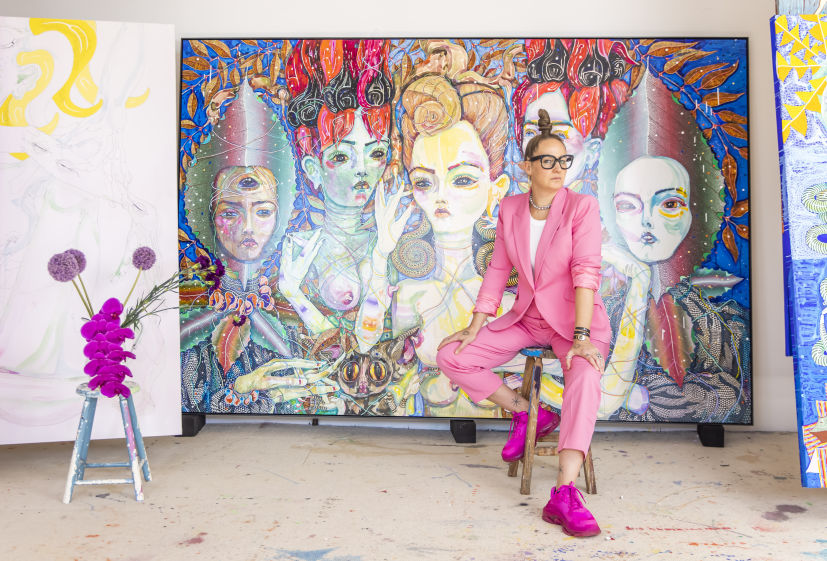
Del Kathryn Barton drew obsessively as a child. The two-time Archibald Prize-winning artist’s whimsical works are now featured in public collections at the Art Gallery of New South Wales, the National Gallery of Victoria and the Museum of Old and New Art in Hobart, as well as residential spaces across the world.
Barton notes her “challenging brain chemistry” (she suffered from depression and anxiety from an early age) as a launchpad for art. “Mum, with her beautiful paradigm around creativity, really encouraged me to draw,” she shares from her studio in Sydney. “From a very young age, I identified the act of drawing as being very calming, where I felt very present in my body. And I realise now what an incredible gift that was.”
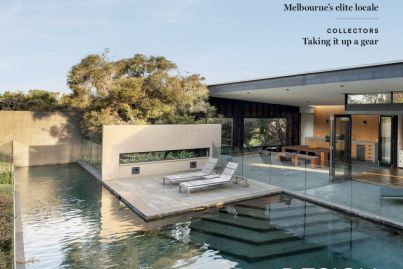

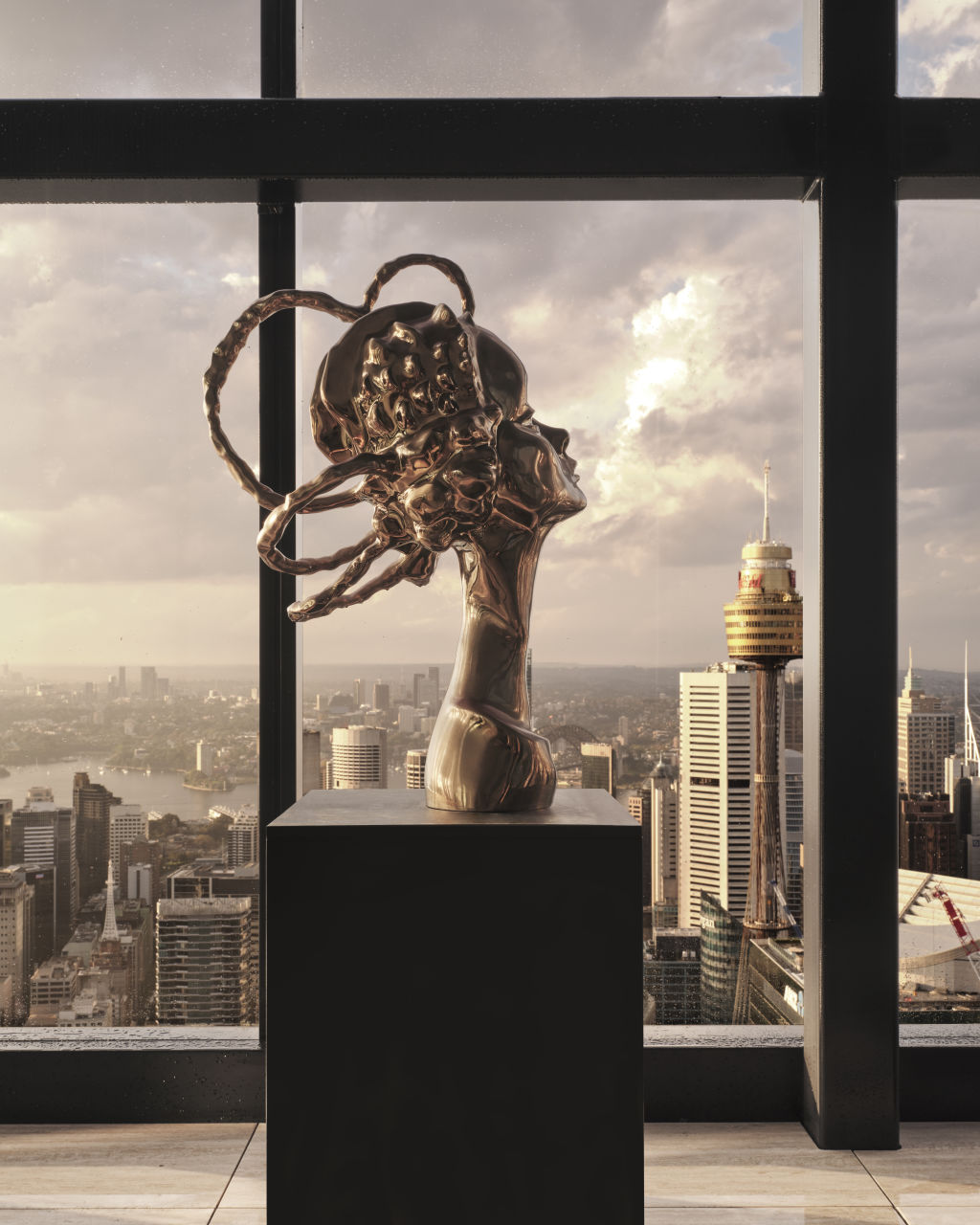
She credits a powerful connection to her inner world as a means of fighting back fears: the fear of her brain, the fear of growing up. “I never wanted to do anything else but to follow a creative path.”
Barton’s detailed figurative paintings are maximalist in mood. They’re also deeply personal, exploring themes such as femininity, sexuality and motherhood. “It’s an ongoing investigation and celebration and attempt to understand my lived experience inhabiting a female form,” she says.
While the artist doesn’t believe that practice makes perfect, she notes the act of getting in and getting it done as key to her creative process. “Our greatest strengths are also our greatest weaknesses: I’m a workhorse. I love routine and that’s very long days in the studio, every day,” Barton says. “It’s not about waiting for a feeling of inspiration. It’s just getting up and doing it every day. I can still honestly say that every day I wake up knowing that I’m going straight to the studio and there’s a feeling of anticipation and energy.”
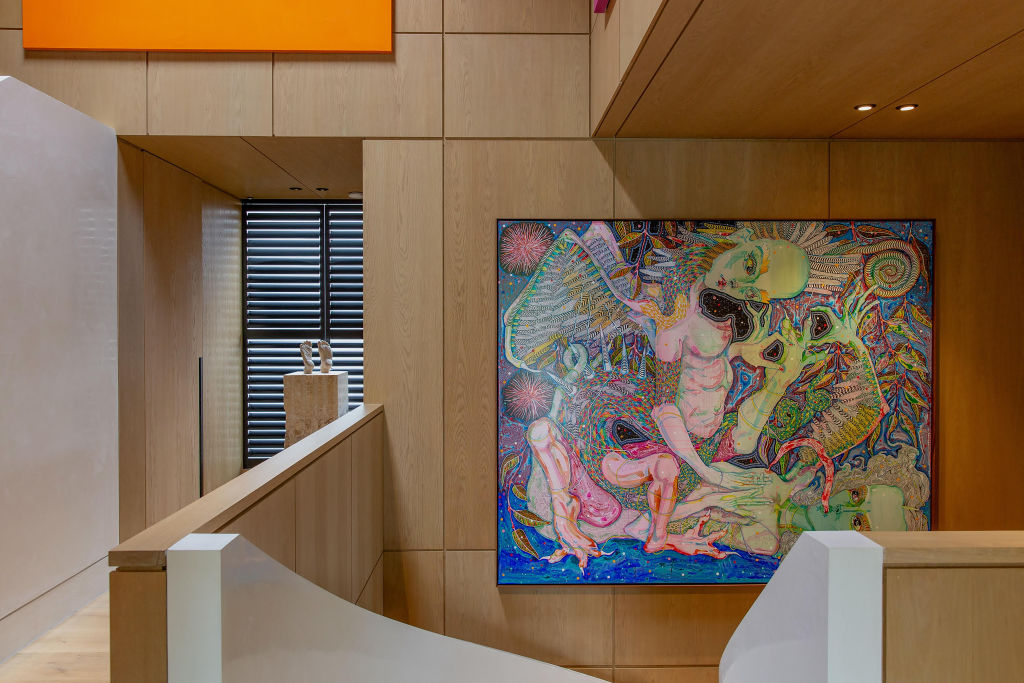
While drawing and painting are at the core of Barton’s portfolio, she also dabbles in sculpture, creating works cast in polished aluminium and bronze. “I really welcome embracing mediums that I’ve never worked with before … bringing sophisticated skill sets to a very naive understanding of something.”
One bronze piece, a shiny bust titled I Take It Down to the Flow, sits on a hand-finished plinth inside a palatial penthouse with 360-degree views of Sydney’s skyline. For Barton, there are few joys greater than seeing a work in its forever home, she says. “You obviously want works going into [places] where they will be well cared for and hopefully have some sort of legacy. When I see [a piece] in a home – any kind of home – bringing its magic to the dynamic of the home – that’s why I do what I do.”
How does she know a work is ready to be released into the world? “I feel like it’s really tenuous, a stressful sort of tension between the deadline and the idea of ‘being done’,” Barton says. “But I wouldn’t want you to misunderstand that for a lack of resolution – if I felt that in a work, I wouldn’t release it from the studio.” Sometimes, it’s a gift to be able to leave certain elements in rawer states.
We recommend
We thought you might like
States
Capital Cities
Capital Cities - Rentals
Popular Areas
Allhomes
More
- © 2025, CoStar Group Inc.
